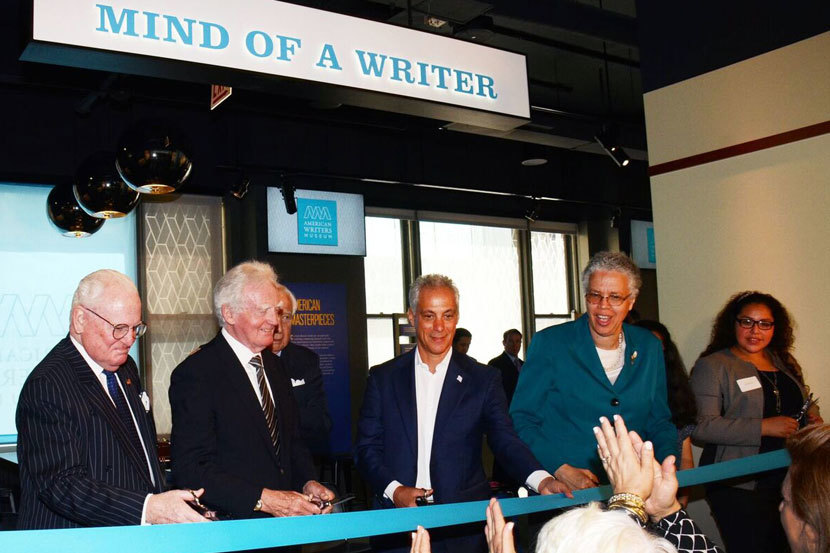
Two cultural organizations with parallel missions converged in Chicago last month when Library of America Publisher Max Rudin attended the ribbon–cutting of the new American Writers Museum on Monday, May 15.
Rudin served on the museum’s content leadership team, which advised on the writers and works to be featured. He also contributed personal estimations of the literary significance of four of the 100 writers in the Hall of Writers: James Madison, James Fenimore Cooper, Isaac Bashevis Singer, and Jack Kerouac. Joining Rudin at the May 15 ceremony were museum founder Malcolm O’Hagan, historian David McCullough (who delivered the keynote), museum President Carey Cranston, Chicago Mayor Rahm Emanuel, and other civic officials.
Though its name might suggest a traditional literary “Hall of Fame,” the museum opts for a fluid, democratic approach that celebrates the written word’s place in American culture in a variety of contexts. Classic works of literature like Jack Kerouac’s On the Road—here represented in the 120–foot scroll form of its original typescript—receive their due along with children’s books, screenplays, song lyrics, cookbooks, advertising copy, and other examples of the writers’ craft. Across nearly 11,000 square feet of gallery space, interactive and multimedia exhibits let visitors engage with familiar texts in immersive, unfamiliar ways; they can even add their own contributions by starting or contributing to a “Story of the Day” using paper and pencil or classic old manual typewriters.
The museum will present a mix of permanent and rotating exhibitions. The Writer’s Room that currently houses the Kerouac scroll, for instance, will host an exhibit dedicated to Laura Ingalls Wilder later in the year. In a signal that the museum’s purview includes living writers, the temporary exhibit Palm: All Awake in the Darkness pays homage to the work—on the page and off—of poet W. S. Merwin by recreating his Hawaiian palm plantation in a garden–like installation.
The Writers Museum is the result of more than seven years’ effort by Dr. Malcolm E. O’Hagan, a retired Irish-American executive, who—inspired by a visit to the Dublin Writers Museum—incorporated the American Writers Museum Foundation in 2010 and raised money from private sources in the years since. As a sign of its egalitarian stance, the institution was originally set to be named the Museum of American Literature before O’Hagan and his colleagues decided its current name better reflected their aspirations for it.
The museum’s expansive view of American writing gives it a natural affinity with Library of America, part of whose mission is to expand the boundaries of America’s written heritage. As Rudin told the New York Times, “America has a uniquely democratic literary culture that bubbles up from below. One of the mysteries of literary creation is that it’s done by men and women more or less like us. If the museum can create that sense of intimacy and connection, that’s a great thing.”
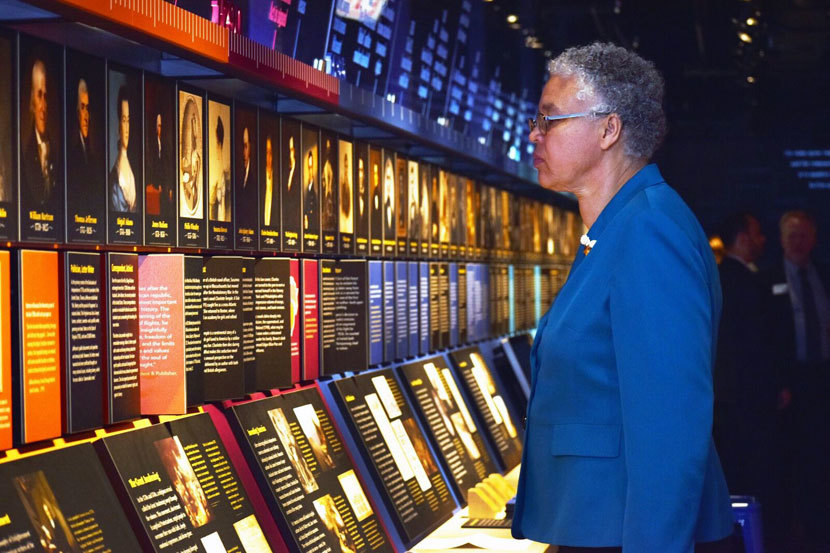
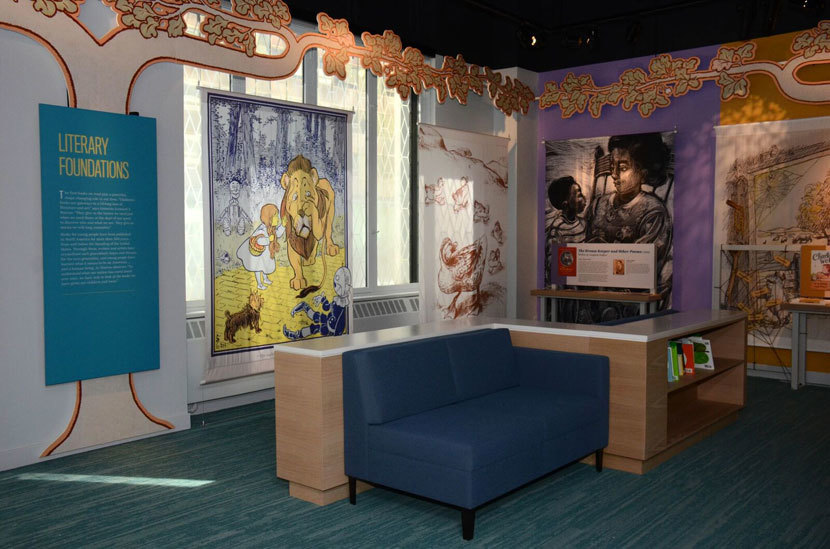
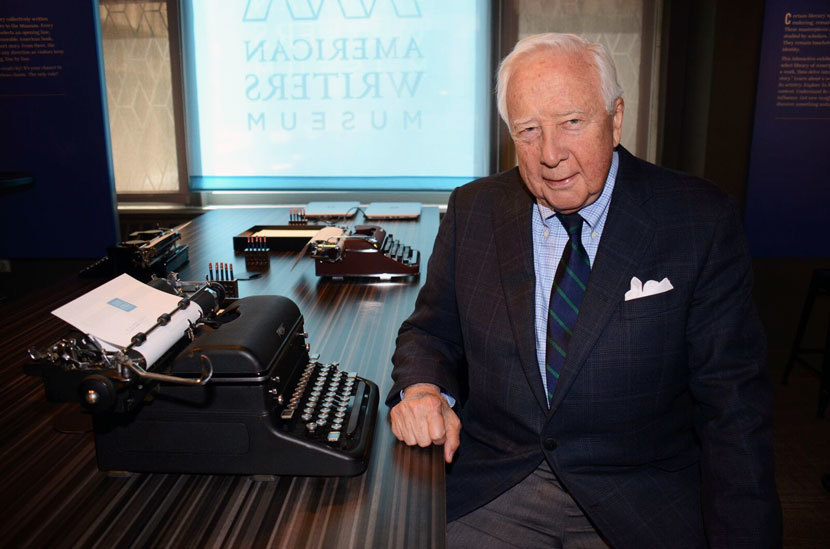
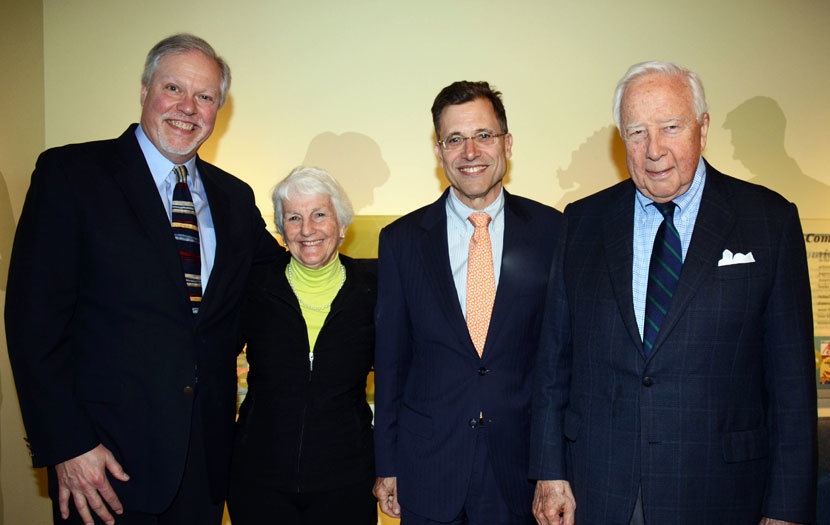
All photos © American Writers Museum.



